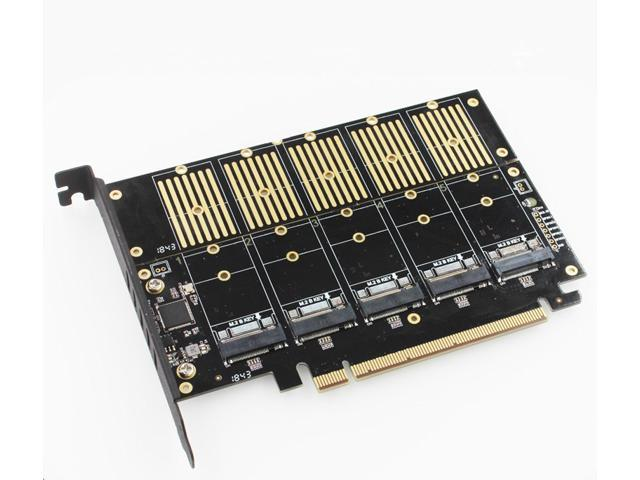NeghVar
2[H]4U
- Joined
- May 1, 2003
- Messages
- 2,671
I am piecing out a plan for upgrading my 6TB HDD to 3x 2TB in JBOD or RAID 0
Last year I put together a new system
So what I am looking to do now is create an array of 3x 2TB M.2 SSD PCIe 4.0 to replace the 6TB HDD. I have seen cards such as this, but they only support older M.2 SSDs

https://www.newegg.com/p/35Y-005D-00011
Any suggestions
Last year I put together a new system
- MSI MPG X570 Gaming Edge
- AMD Ryzen 7 3700X
- 32 GB DDR4
- MSI RX 5700 Mech OC
- Corsair Force MP600 (500GB)
So what I am looking to do now is create an array of 3x 2TB M.2 SSD PCIe 4.0 to replace the 6TB HDD. I have seen cards such as this, but they only support older M.2 SSDs

https://www.newegg.com/p/35Y-005D-00011
Any suggestions
![[H]ard|Forum](/styles/hardforum/xenforo/logo_dark.png)